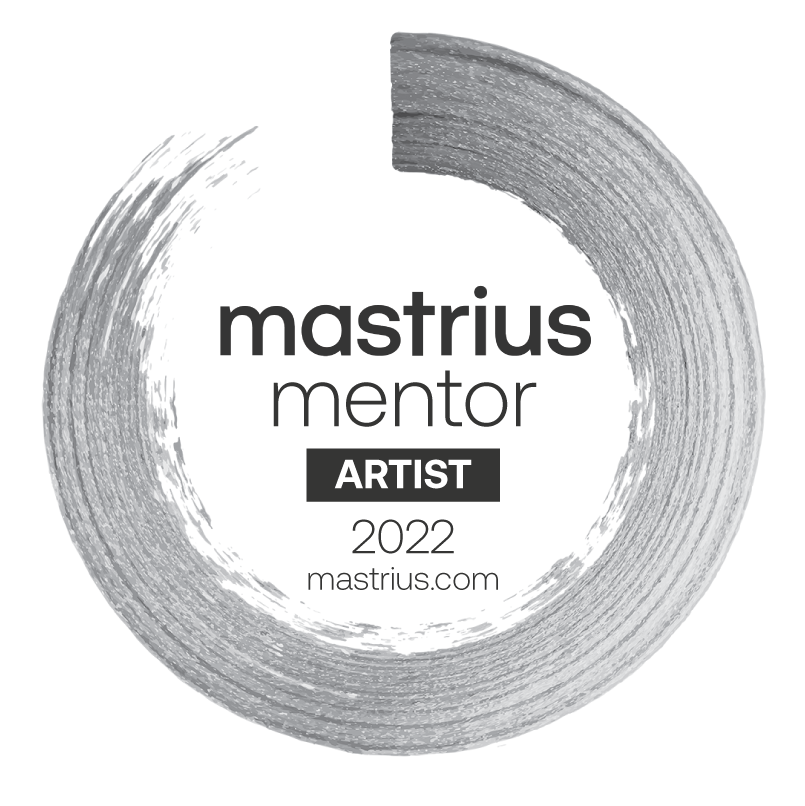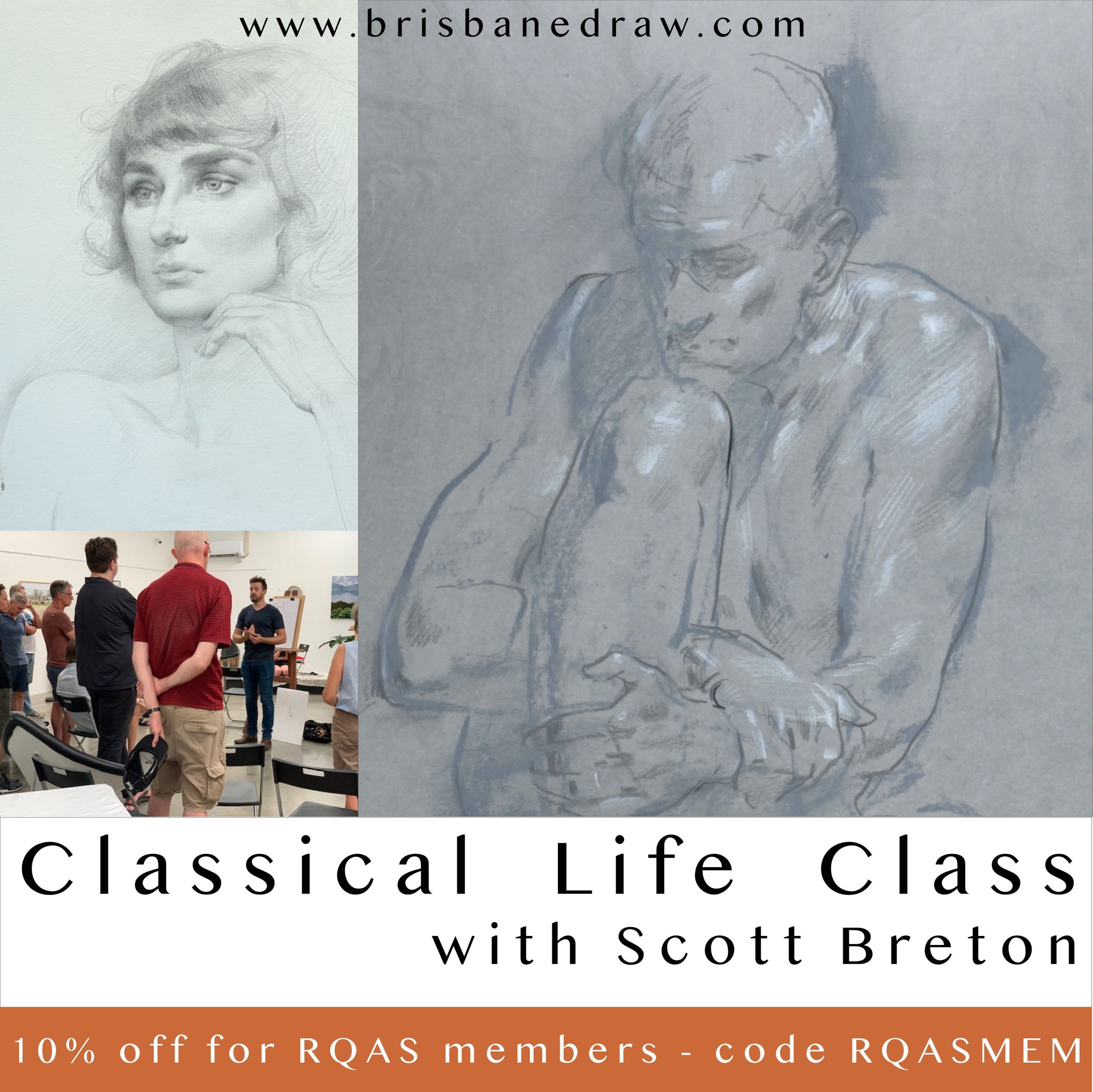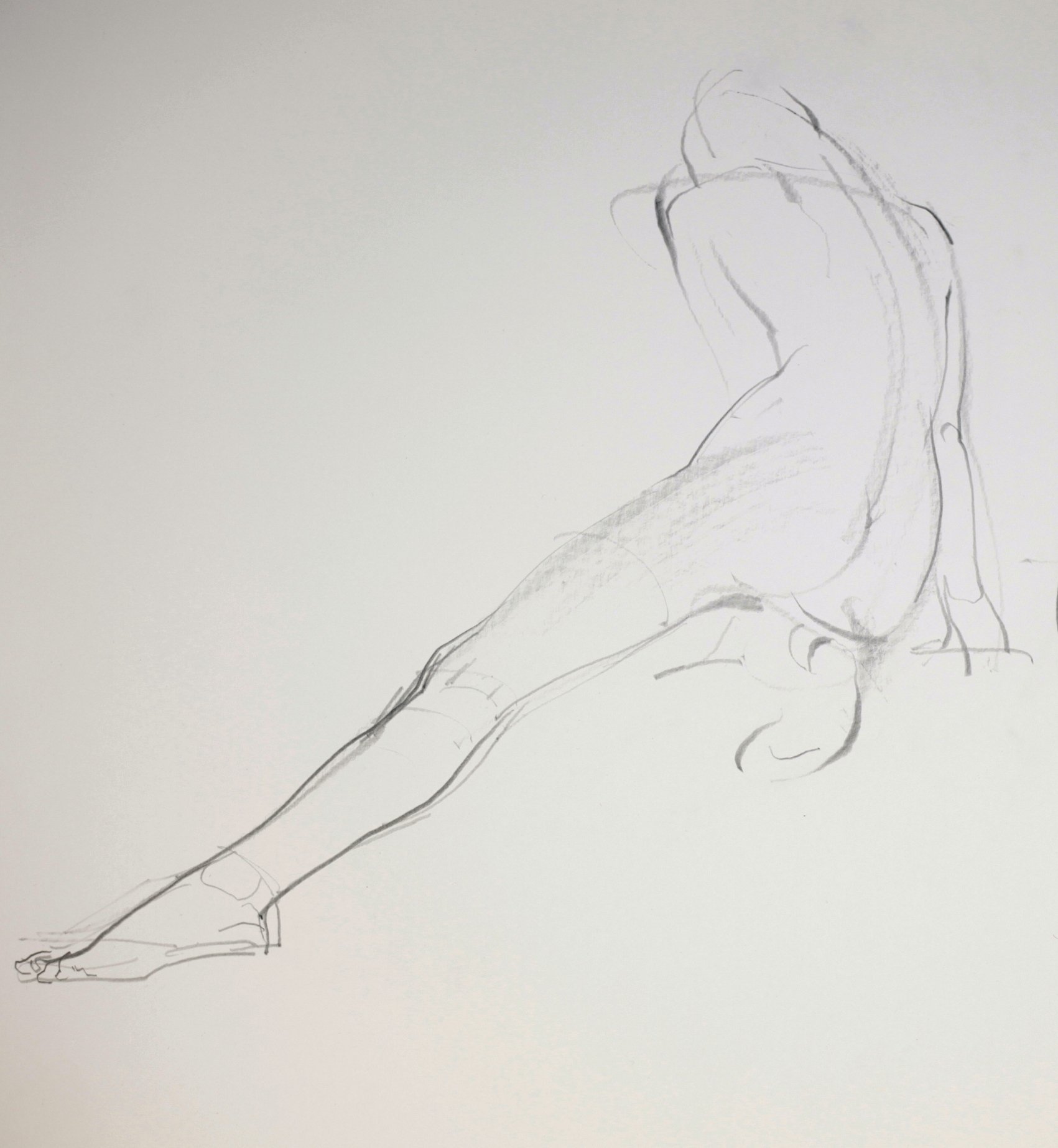Years ago I was one of the founding members of Atelier Art Classes on the south side of Brisbane. Its great to see that though I went on to other projects some time ago, the same art space has endured over a decade since founding. It continues to providing artist studios, classes, and a place to share working from the model together.
I have fond memories of doing a lot of drawing and painting studies here.
My friend Amber now runs it, and I encourage you to take a visit and do some drawing or painting at the next 4 saturdays long pose.
Here’s the information from her:
“We are re-starting the Saturday Long Pose on the 4th February 2023!
Expressions of Interest - Limited places (only 12). Please contact via hello@chromestreetstudios.com and further information will be sent, including details for payment.
Priority will be given to people who commit to a 4 week block and secure their place ahead of time.
Details
Long Pose over 4 consecutive weeks (4th, 11th, 18th, 25thFebruary)
1.30 - 4.30pm on Saturdays
$120 prepaid for the 4 week block and priority placement
Only 12 pre-paid priority places available
$40 for casual session attendance slotting in amongst the regular attendees
Curated setting with a nude model
Opportunities exist for regular attendees to curate future sessions and direct poses
Untutored
Tea and Coffee provided in the break
I'm really excited to be bringing this back and look forward to having you in the studio!
Chrome Street Studios
2b, 9 Chrome Street, Salisbury
Warm regards, Amber”
It’s a luxury to be able to work from the model for such a sustained session, so if you’re in Brisbane I encourage you to try it out!
If you need somewhere to get started in your drawing or are not in Brisbane, a free overview of the ten session life course I teach is available at www.scottbreton.art/lifeclassfree
Don’t forget my anatomy kit is available for mail order here:





























































